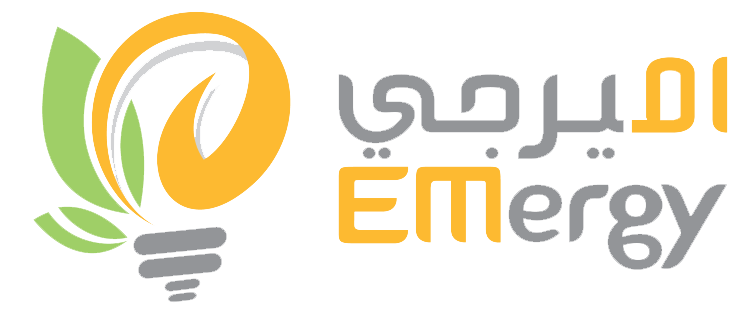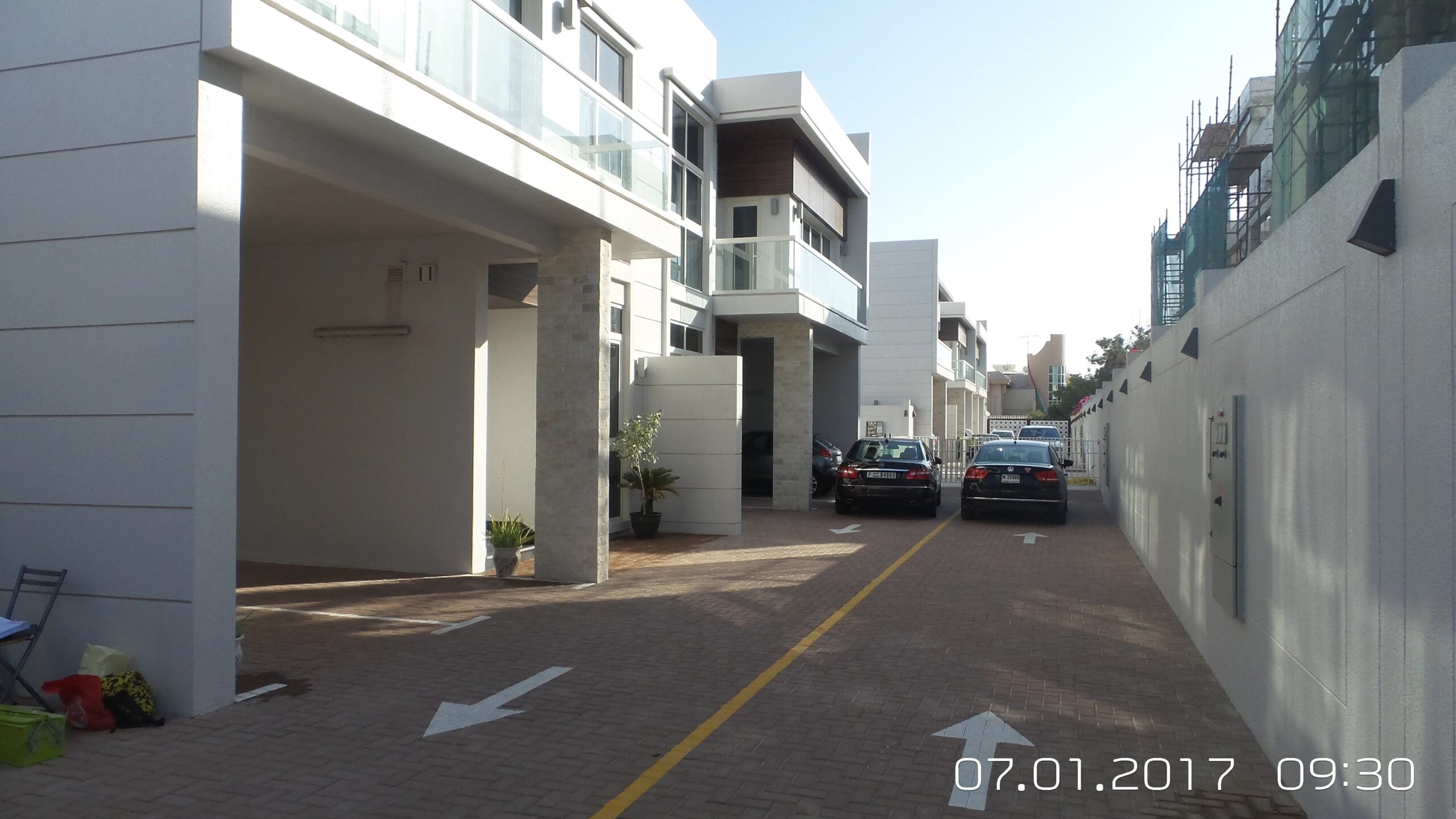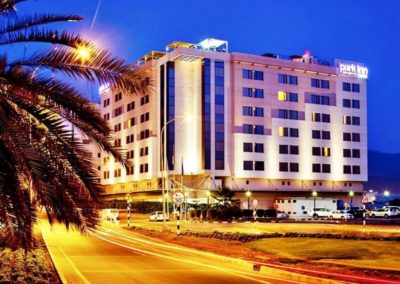ODOUR CONTROL SURVEYS
Our odour survey consulting services will give you the information you need to eliminate unwanted smell.The first step to solving odour problems is robust diagnosis. When a space has an unidentifiable odour, a professional odour control survey can help in determining the cause and risk level. A persistent odour in a building indicates the presence of an issue in need of resolution to promote the occupants’ wellbeing and safety and avoid negative health effects.
While some odour compounds cause a minor nuisance, others can create a significant health hazard. An odour control survey will keep occupants safe and improve their quality of life.
The type of odour survey required is very dependent upon the objective and can vary widely. Sophisticated techniques, such as, olfactometry analysis, molecular characterisation, plume tracking and dispersion modelling may be required. An effective odour survey will often use a range of techniques based on source characteristics and the study objectives.
EMergy has conducted many odour surveys and are experts in the design and implementation of surveys for any purpose. Each survey is designed specifically and oriented in accordance with the subject case. This includes:
- field assessments of odour emissions in accordance with EN 264086 parts 1 and 2
- odour emission measurement studies according to the European Standard for olfactometry EN 13725,
- molecular odour analysis using gas chromatography (GCMS/TOF)
- advanced dispersion modelling
- incident and complaints analysis
- continuous real time odour monitoring and dispersion tools
Our odour survey consulting services will give you the information you need to eliminate the smell. Our experts follow a protocol with a successful history of identifying both external and internal odours. Our process determines if the smell comes from the building’s systems and processes, occupant activities or outside the building.
When we conduct an odour survey, we implement our knowledge of building systems and operations and use the survey data to prioritize actions. Based on all the above, specific solutions will be recommended to resolve the problem.








